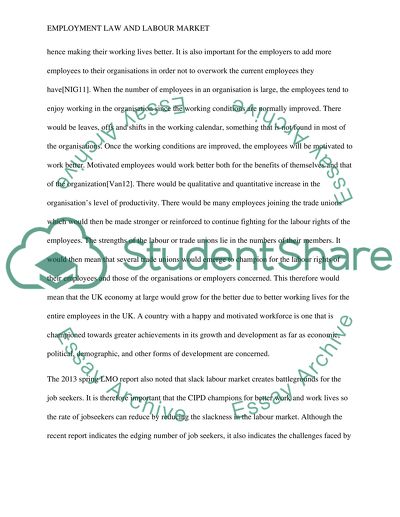Cite this document
(“Employment Law and Labour Market Essay Example | Topics and Well Written Essays - 2000 words”, n.d.)
Retrieved from https://studentshare.org/law/1496299-employment-law-and-labour-markets
Retrieved from https://studentshare.org/law/1496299-employment-law-and-labour-markets
(Employment Law and Labour Market Essay Example | Topics and Well Written Essays - 2000 Words)
https://studentshare.org/law/1496299-employment-law-and-labour-markets.
https://studentshare.org/law/1496299-employment-law-and-labour-markets.
“Employment Law and Labour Market Essay Example | Topics and Well Written Essays - 2000 Words”, n.d. https://studentshare.org/law/1496299-employment-law-and-labour-markets.


